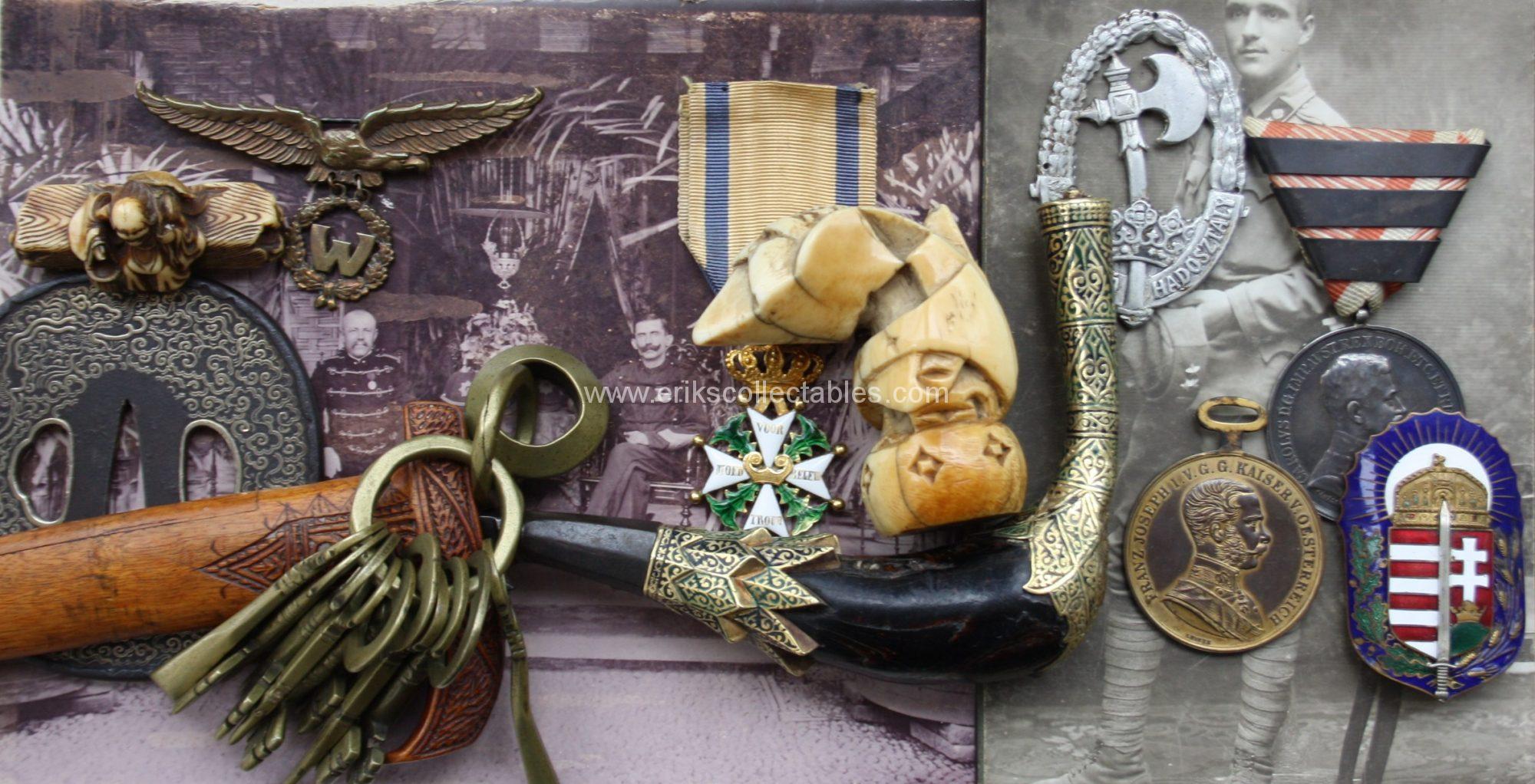Due to my interest in the Hungarian vitéz order I bought this document. It is a diploma for participating in a course for land management that was given to members of the order – who also would receive a gift of land as part of the order.

With it came another document. The certifacte for participation in the (re)annexation of Transylvania in 1941. By that time he was a reserve sergeant and aged 51!

Researching him in the 1939 vitéz yearbook gives an overview of his medal entitlement. The second document is key for confirming it is as the name is extremely common in Hungary but it gives his year of birth, 1890, and his domicile, Gyoma.

A short translation of the info: Sergeant-Major in the 48th KuK Infantry Regiment with the following medal entitlement: Silver Bravery Medal 1st class (O1) with 3 bars, Silver Bravery Medal 2nd class (O2) with 2 bars and Bronze Bravery Medal, Karltroop Cross and Wound Medal with 3 stripes.
The regimental number seems to be a misstake and should read nr 46 (thanks to Tibor Szekér)
So 4 times (1 award and 3 bars) of the Silver Bravery Medal 1st class. The highest amount of these in the entire Honvéd part of the Austro-Hungarian army was 3 times and that only once!
Example of a Silver Bravery Medal 1st class (Emperor Karl version) with a device for 3 repeated awards! A repeat of 3 in silver is extremely rare if original!

And 3 times (1 award and 2 bars) of the Silver Bravery Medal 2nd class. In the entire Honvéd part of the Austro-Hungarian army there were only 189 such men!
The numbers of such entitlements for the entire Austro-Hungarian army are not known. The info above comes from this excellent website! But it can be guessed that this combination of 8 Bravery Medals is probably extremely rare and might be unique and certainly much rarer than a Golden Bravery Medal!
It is an honour to have these nice documents to a NCO with an absolutely unique entitlement!























































